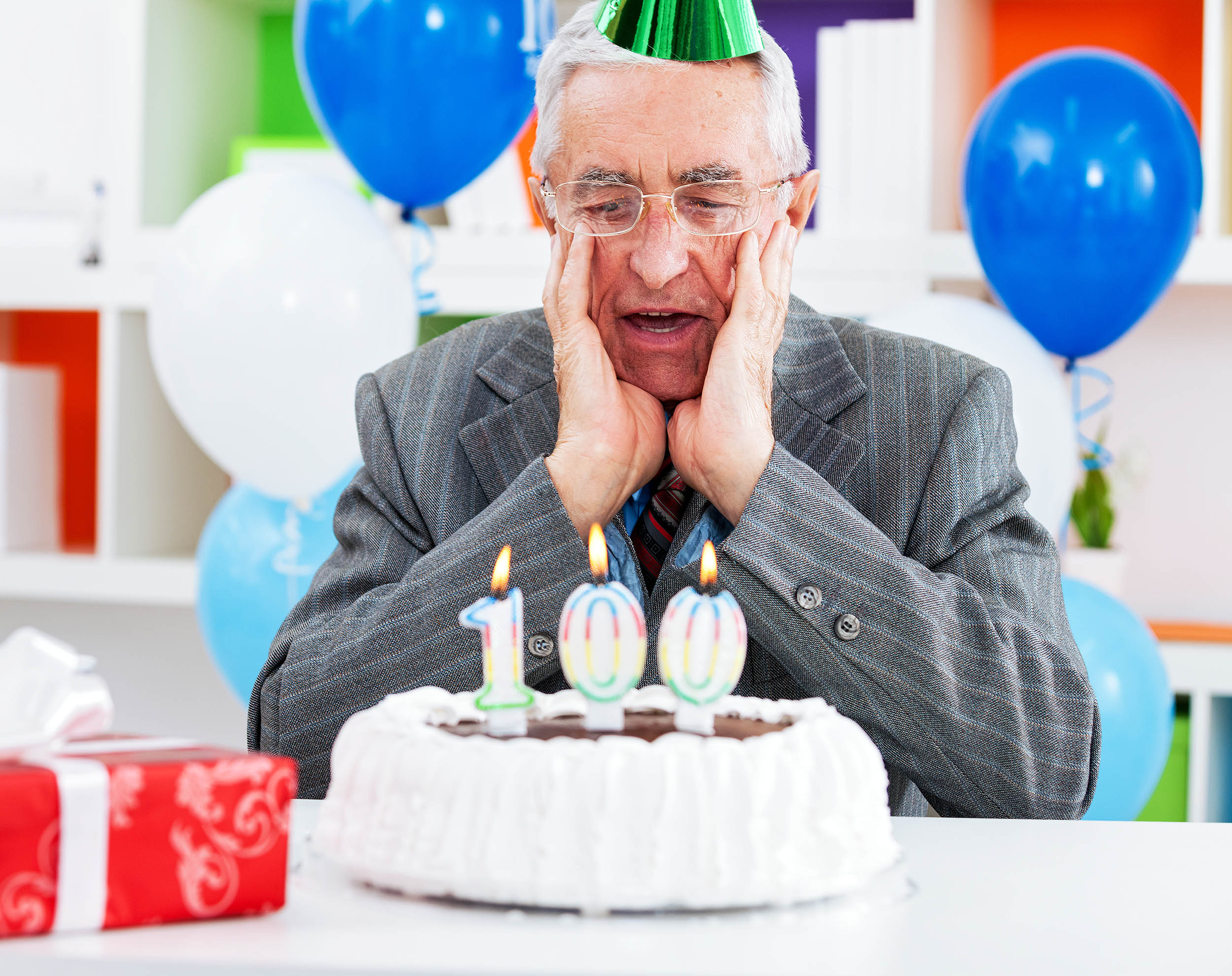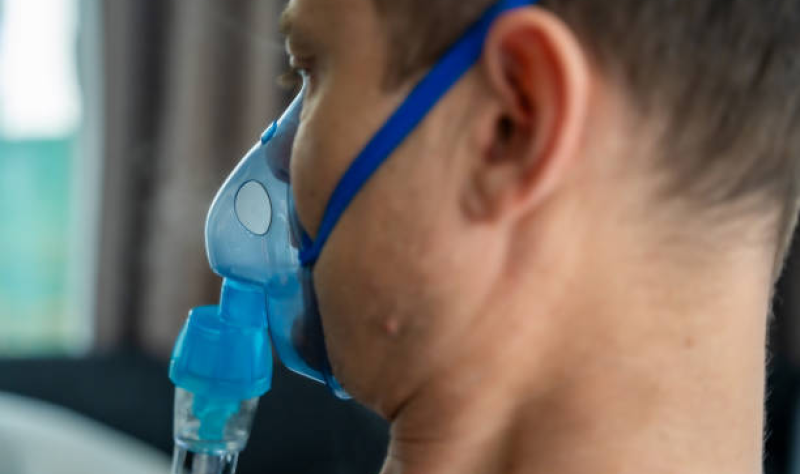DEAR DR. ROACH: My wife had COVID and has lost most of her smell and taste. This has lasted for two years. She is in her late 70s. Strong flavors like barbecue sauce and onions can be detected. Is there any hope that her condition will improve? — P.M.
ANSWER: Most people recover their loss of smell after COVID. Having had this for two years is a bad sign; however, the fact that she does have some sense of smell is a good sign.
The most effective treatment for the loss of smell after a viral infection is olfactory training. The same scents that were used in clinical trials can be purchased online. Recent evidence has shown that a supplement combination, ultramicronized palmitoylethanolamide and luteolin, along with olfactory training, led to greater improvement. The dose used in studies was 770 mg.
DEAR DR. ROACH: My adult daughter (62) was diagnosed about three years ago with a skin disorder called prurigo nodularis. Her dermatologist has tried three different injections, but they’re not working. She still gets very itchy breakouts. Please give me your thoughts and more information about this. — K.M.A.
ANSWER: Prurigo nodularis is an uncommon disease affecting about one person per 1,000. I have seen a handful of cases, and fortunately the cases I’ve seen have responded well to potent steroid creams. Regular use of skin lotions, avoiding scratching especially at night (I recommend cotton gloves at night), and sometimes antihistamines like Benadryl are also the first-line therapies.
If a patient needs more effective treatment and only has a limited area of itching, then a dermatologist will often inject the area with a high-potency steroid. Since it sounds like this hasn’t been successful for your daughter, there are other options.
One is a topical cream called ruxolitinib. About 45% of people responded to this treatment, compared to 20% who responded to a cream without an active drug. Ultraviolet light (narrowband ultraviolet B) showed about 80% effectiveness.
For people in whom none of these therapies work, a very expensive injection treatment, dupilumab (Dupixent) or a similar drug called nemolizumab (Nemluvio), can be used although the response rate is not as good as desired (roughly 40%).
Since many people with prurigo nodularis have other skin diseases, and some may have (or develop) depression or obsessive skin-picking, these conditions may also need to be treated to successfully improve symptoms.
DEAR DR ROACH: In a recent column, you wrote about reducing cholesterol with the help of statins along with a PCSK9i, such as Repatha or Praluent. My question is: Are these PCSK9is at all beneficial if one cannot take statins? — D.C.S.
ANSWER: Yes, PCSK9 inhibitors are very effective at lowering cholesterol and reducing the risk of heart attack in high-risk people. Because these drugs are given by injection and are quite expensive, they are not usually the first-line treatments. We have decades of experience using statins, so they remain the first choice for most.
However, if a person cannot take a statin, or one of the alternatives such as bempedoic acid, then PCSK9i drugs are a very reasonable choice. In people with familial high cholesterol and extraordinarily high levels of cholesterol, combination therapy with two or three drugs (a statin, a PCSK9i and sometimes ezetimibe) is frequently used.
Dr. Roach regrets that he is unable to answer individual letters, but will incorporate them in the column whenever possible. Readers may email questions to ToYourGoodHealth@med.cornell.edu or send mail to 628 Virginia Dr., Orlando, FL 32803.
(c) 2022 North America Syndicate Inc.
All Rights Reserved
If you purchase a product or register for an account through a link on our site, we may receive compensation. By using this site, you consent to our User Agreement and agree that your clicks, interactions, and personal information may be collected, recorded, and/or stored by us and social media and other third-party partners in accordance with our Privacy Policy.
Source link

